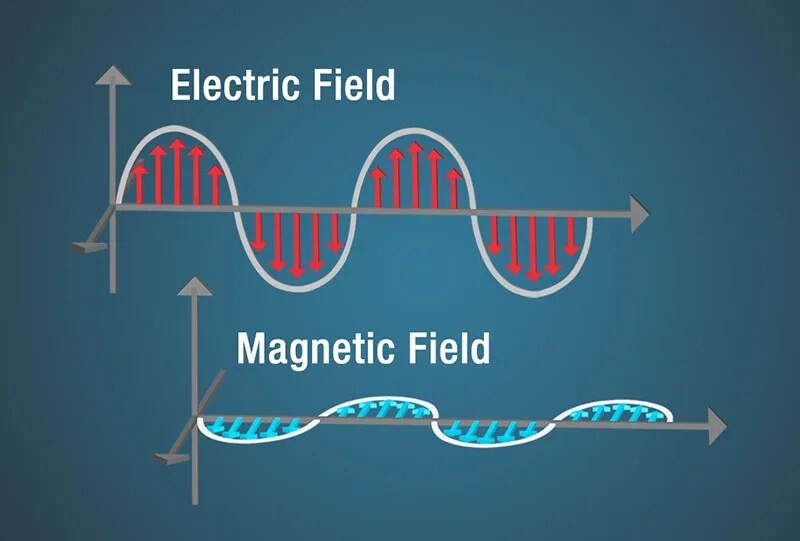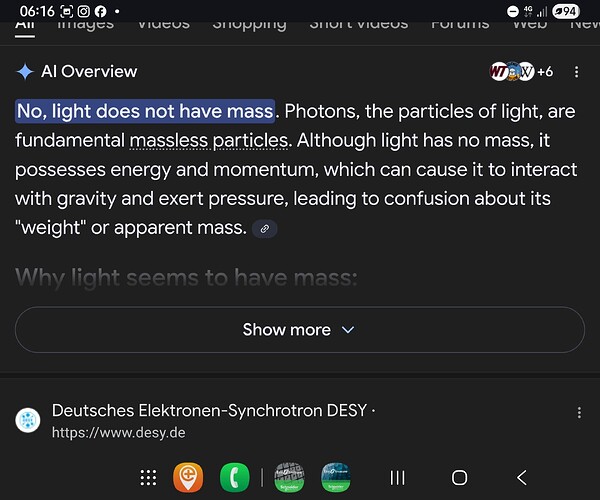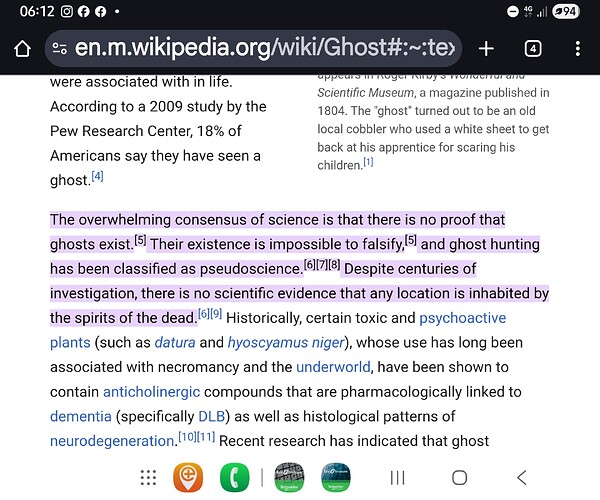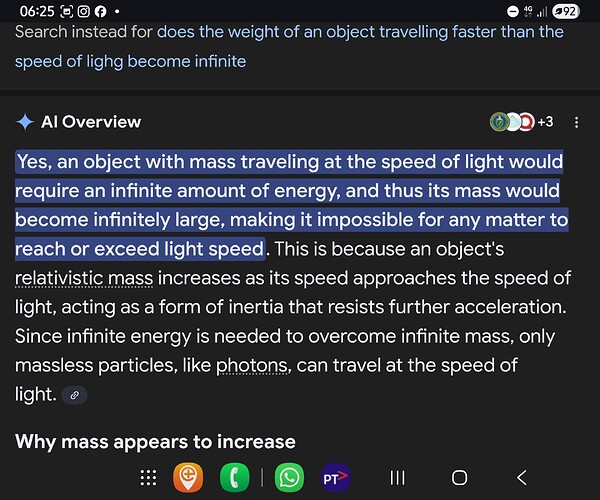My apologies if this has already been discussed here, (seems like there was some passing discussion), but after recently watching the Veritasium (https://www.youtube.com/@veritasium) video below, the topic intrigued me…
One of the most common difficulties or objections I’ve seen raised against the standard claims of Young Earth Creationism is the indisputable fact of stars (and galaxies) that exist hundreds of millions or billions of light-years from earth. At the speed of light (c), the light from said stars and galaxies would take far, far longer to reach earth than is proposed by YEC proponents - taking millions or billions of years to reach us, in fact.
But given the observations in this video, there all of a sudden doesn’t seem to be any problem at all….
Derek Muller, host of Veritasium, is hardly a Young Earth Creationist proponent. But given his elucidation about Einstein’s affirmation about our inability to measure the one-way speed of light - and that assigning light to be the c in both directions is simply an arbitrary convention (which could be different as one chooses - Einstein’s words that it is “a stipulation I make of my own free will” ), Derek in the video affirms quite straightforwardly that “you could see stars hundreds of light years away, not as they looked centuries ago, but exactly as they are right this instant.”
And if “you could see stars hundreds of light years away, not as they looked centuries ago, but exactly as they are right at this instant”…. then you could see objects (galaxies) millions or billions of light years away, not as they were millions or billions of years ago, but exactly as they are right at this instant.
I searched all over the internet, and everyone who seems to know anything about this topic essentially concurs with Derek’s understanding. So if I understand the video rightly, one would understand the light from distant galaxies to have taken so many millions or billions of years to arrive at earth only if one arbitrarily chose the convention that the one-way speed of light from said galaxies was c.
What in the world does this do, then, to the “problem” of distant starlight for Young Earth Creationists? It seems like it completely eviscerates the so-called “problem” - and it seems like it is not actually a problem at all. If so, it sure seems like this supposed “problem” of distant starlight should never again be raised as an objection to Young Earth Creationism, no?



